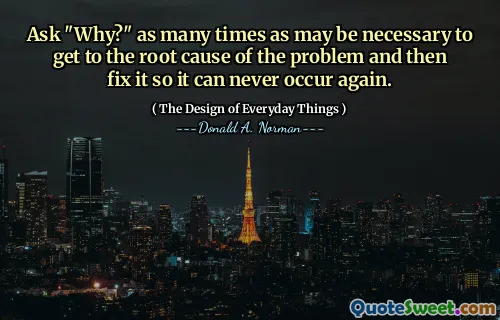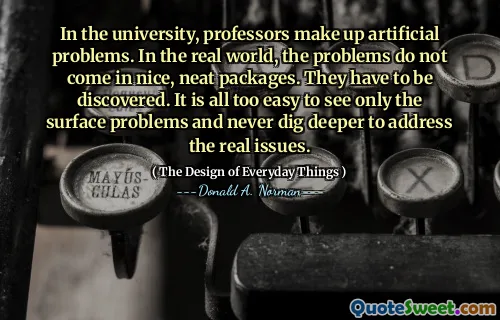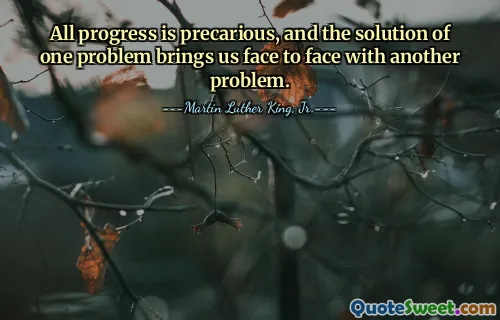
Ask "Why?" as many times as may be necessary to get to the root cause of the problem and then fix it so it can never occur again.
This quote highlights a methodical approach to problem-solving rooted in curiosity and persistence. By repeatedly asking "Why?", one encourages a deep dive into the underlying causes rather than merely addressing superficial symptoms. This iterative questioning process helps uncover fundamental issues, which if left unresolved, could recur or lead to more significant failures down the line. Emphasizing the importance of understanding the core problem aligns with principles of quality management and continuous improvement, as seen in methodologies like the "Five Whys" technique. Applying this mindset fosters a culture of inquiry and critical thinking, ensuring that solutions are effective and durable. In practical terms, it challenges individuals and organizations to be patient and thorough, resisting the temptation to provide quick fixes that only address surface-level concerns. By fixing the root cause, the solution becomes more sustainable, saving time, resources, and potential frustration in the long run. This concept encourages a holistic view of problems—seeing them not just as isolated incidents but as part of a larger system where each layer of cause-and-effect relates to the next. Ultimately, embracing this approach can lead to more innovative, efficient, and resilient systems both in engineering, design, management, and everyday decision-making—paralleling the principles of user-centered and error-resistant design outlined in "The Design of Everyday Things" by Donald A. Norman.










